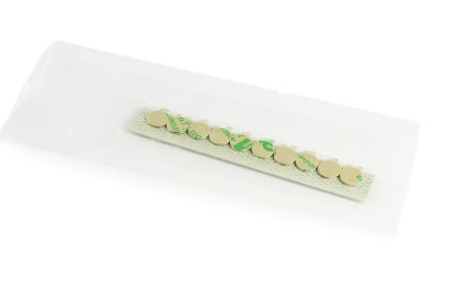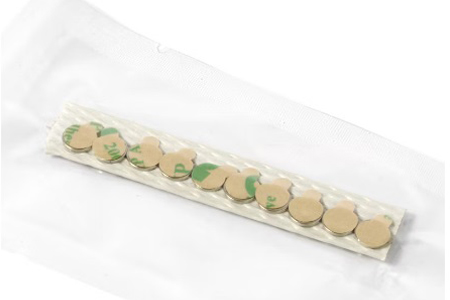In order to make the neodymium iron boron permanent magnet durable, it is required to have a service life of 20-30 years, and it must undergo surface anti-corrosion treatment to resist the corrosion of the corrosive medium to the magnet. At present, the manufacturing industry of sintered NdFeB magnets generally uses methods such as electroplating metal, electroplating + electroless metal plating, electrophoretic coating and phosphating treatment. An additional spacer is plated on the surface of the magnet to isolate the surface of the magnet from the corrosive medium, in order to prevent the media from harming the magnet.
Generally, the three processes of zinc plating, nickel plating + copper + nickel, nickel plating + copper + electroless nickel plating are mainly used. For other metal plating requirements, other metal plating is generally applied after nickel plating.
Phosphating is also used in some special cases: (1) When the sintered ndfeb magnets product is turned over and stored for too long and the subsequent surface treatment method is not clear, it is simple and easy to use phosphating; (2) When the magnet needs epoxy adhesive bonding, painting, etc., the bonding force of the epoxy organic matter such as glue and paint requires good wettability of the matrix. Phosphating process can improve the wettability of the magnet surface.
Electrophoretic coating has become one of the widely used anti-corrosion surface treatment technologies. Because it not only has a good bonding force with the surface of the porous magnet, but also has corrosion resistance such as salt spray, acid and alkali resistance, and excellent corrosion resistance. However, compared with spray coating, its resistance to humidity and heat is poor.
The above is a common coating treatment method, customers can choose the coating according to their product work requirements.




